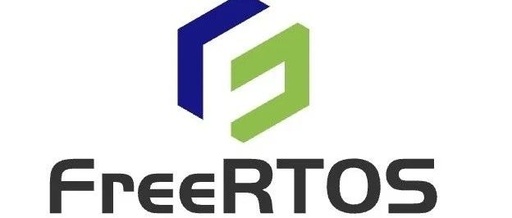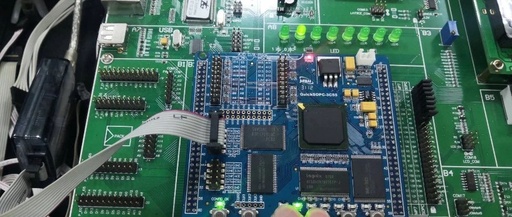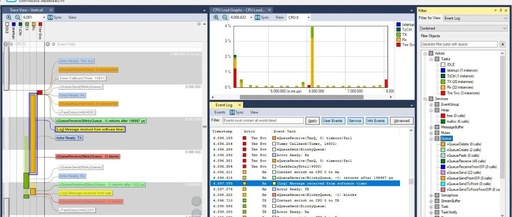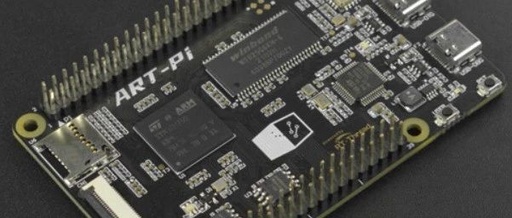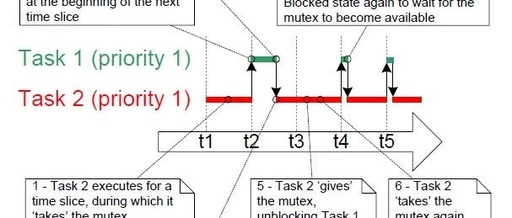The Basis for FreeRTOS Task Allocation
The Core Role of the FreeRTOS Idle Task Maintaining Minimum System Operation Guarantee Automatically created after the scheduler starts, with the lowest priority (usually 0), ensuring that there is always a task for the system to execute. When all user tasks are blocked or suspended, the idle task takes over the CPU to avoid an … Read more


